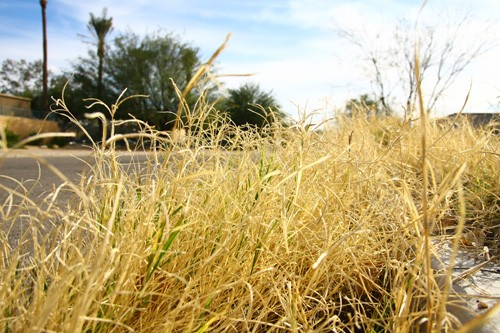There’s nothing new about the Sonoran Desert being hot and dry but new research featured in the science journal “”Nature Geoscience”” suggests the future of southern Arizona might be even drier.
Julia Cole, a UA geosciences professor and co-author of the article, found that the storm track, which usually brings Tucson its water, has been moving north over the last 30 years.
The movement, which usually occurs over hundreds of thousands of years, has taken only decades.
“”And that’s bad news for Tucson,”” said Joellen Russell, a UA geosciences assistant professor.
Global warming and changes to the ozone layer over the Earth’s poles have both been hypothesized as possible causes.
Modern droughts are similar to those seen in ancient paleorecords in cave deposits.
“”This is really new research and it really is a spectacular result,”” Russell said.
Researching the past helps scientists to better understand the future, said Cole.
“”Our goal is to look at the natural variations in climate of the past and its effect on the future.””
Through a study that looked at cave deposits from 11,000 to 55,000 years ago, Cole proved that when the North Atlantic was warm, the Southwest tended to be drier.
Rising temperatures and decreasing precipitation have raised concern among geoscientists.
Russell noted the importance of “”minimizing the possibility that this is something that we’re causing.””
Connie Woodhouse, a UA geosciences professor, who researches past water levels by studying tree rings, noted that climate change doesn’t create less rainfall, it exacerbates current geological patterning.
She agrees with Russell that preventative measures should be used to combat this trend.
“”You have the supply side, so you have drought, you have less water and then you have the demand side which is of course all the people demanding more water than they used to,”” Woodhouse said. “”It makes us more vulnerable to the impacts of these droughts.””
Woodhouse said that, regardless if the change is dramatic, it is worthwhile to invest in “”no regrets strategies,”” like conserving water.
“”Humans are just consuming too many resources — especially in a desert,”” she said.









